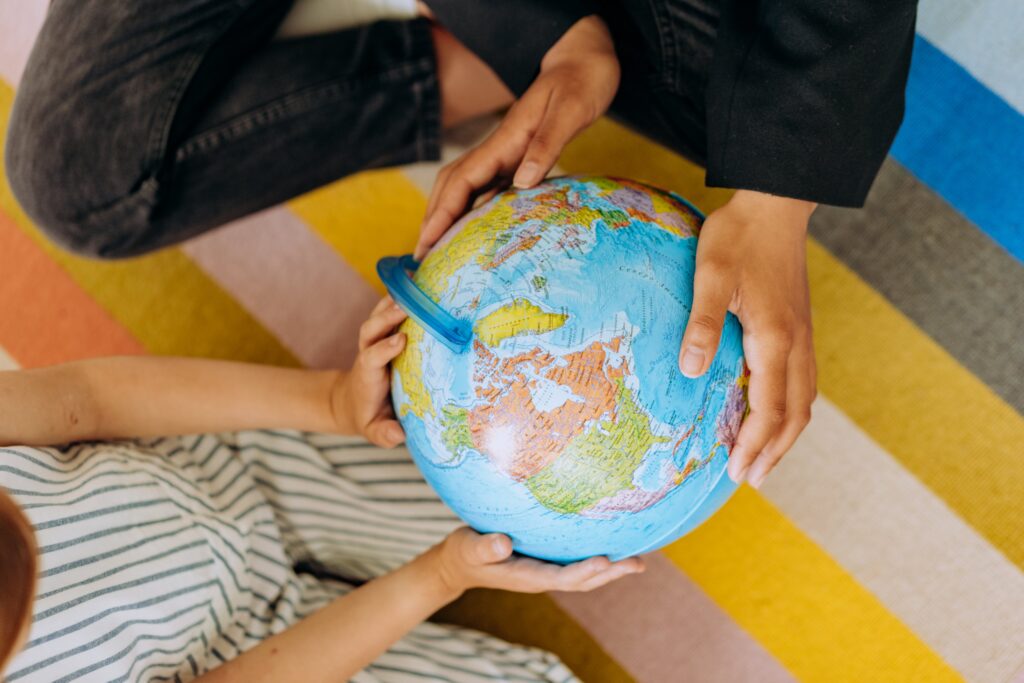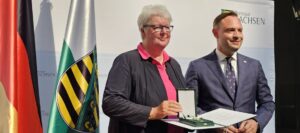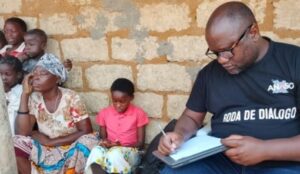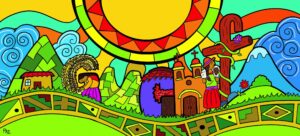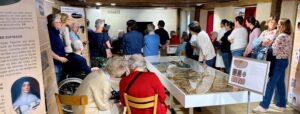As world leaders have returned home from the COP26 United Nations Climate Change Conference, we continue our journey with Aguchita in light of Pope Francis’ encyclical letter Laudato Si’: On Care for our Common Home. Through seven weeks, we will be enlightened, challenged, and inspired by Francis’ words and Aguchita’s life. In this second week, we will reflect on Chapter One of the encyclical: ‘What is happening to our common home.’
In this first chapter, Francis paints a somewhat dire picture of the growth of the past two hundred years, which has not always led to an integral development and an improvement in quality of life. In particular, he writes:
Nowadays, for example, we are conscious of the disproportionate and unruly growth of many cities, which have become unhealthy to live in, not only because of pollution caused by toxic emissions but also as a result of urban chaos, poor transportation, and visual pollution and noise. Many cities are huge, inefficient structures, excessively wasteful of energy and water. Neighborhoods, even those recently built, are congested, chaotic and lacking in sufficient green space. We were not meant to be inundated by cement, asphalt, glass and metal, and deprived of physical contact with nature.
During her lifetime, Aguchita experienced the rapid growth of two cities. Her childhood was spent in the flourishing Coracora of the early 1920s as the city was on the cusp of modernization and a hub of rich financial, social, and religious exchange. She witnessed the launch of the city’s newspaper, electricity company, and infrastructure projects. In addition to these, educational institutions were established, artistic expression was encouraged, and public spaces were built. Not long after her departure to Lima, the city reached its peak when it became known as “New Athens” due to the cultural flourishing that was taking place there. However, Aguchita arrived to live in downtown Lima which, at that time, was a commercial hub drawing people in from across Peru and abroad. This influx of people prompted Lima’s modernization, which occurred much faster than in Coracora, resulting in the capital’s tumultuous transformation, with the birth of its slums and shantytowns.
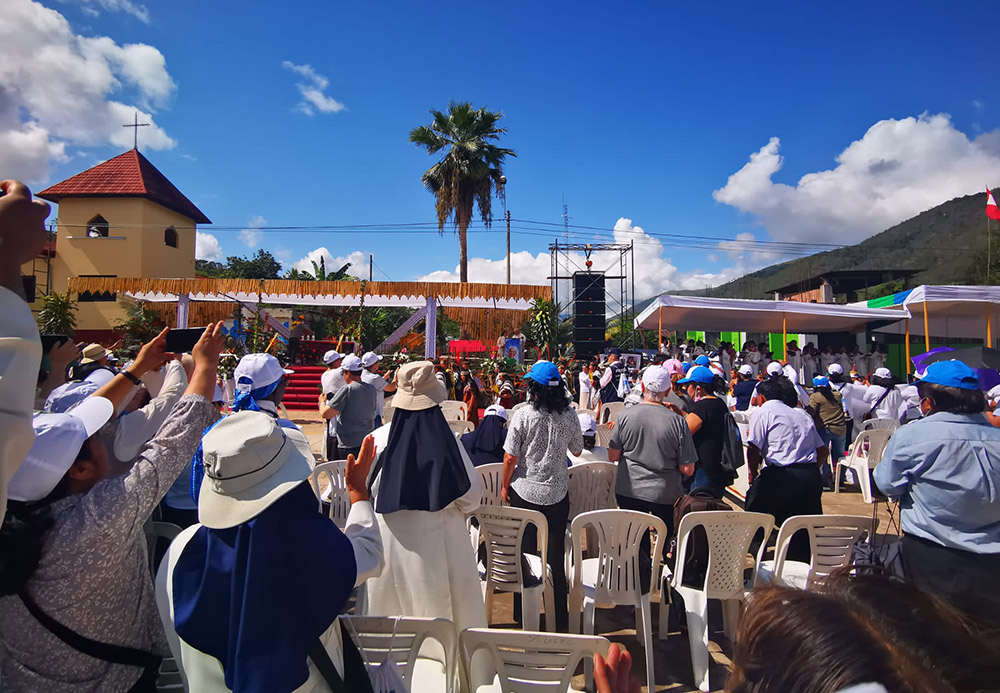
Francis talks about integral development and quality of life. Aguchita experienced the development of two cities: One seemingly improving quality of life and one decreasing it. At the recent summit, over 200 nations agreed to improve ‘what is happening to our common home.’ As these weeks go on, we will explore in more depth how Aguchita took positive action based on her life experience. Today, in light of the COP26 agreement, what commitment will you honestly make to improve our shared quality of life by reducing your emissions, transport use, and pollution for us all who share our common home? Like Aguchita, it’s actions that count, not words…
